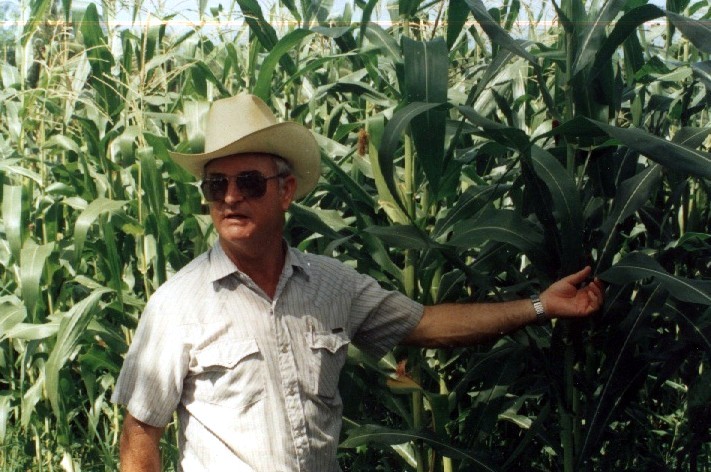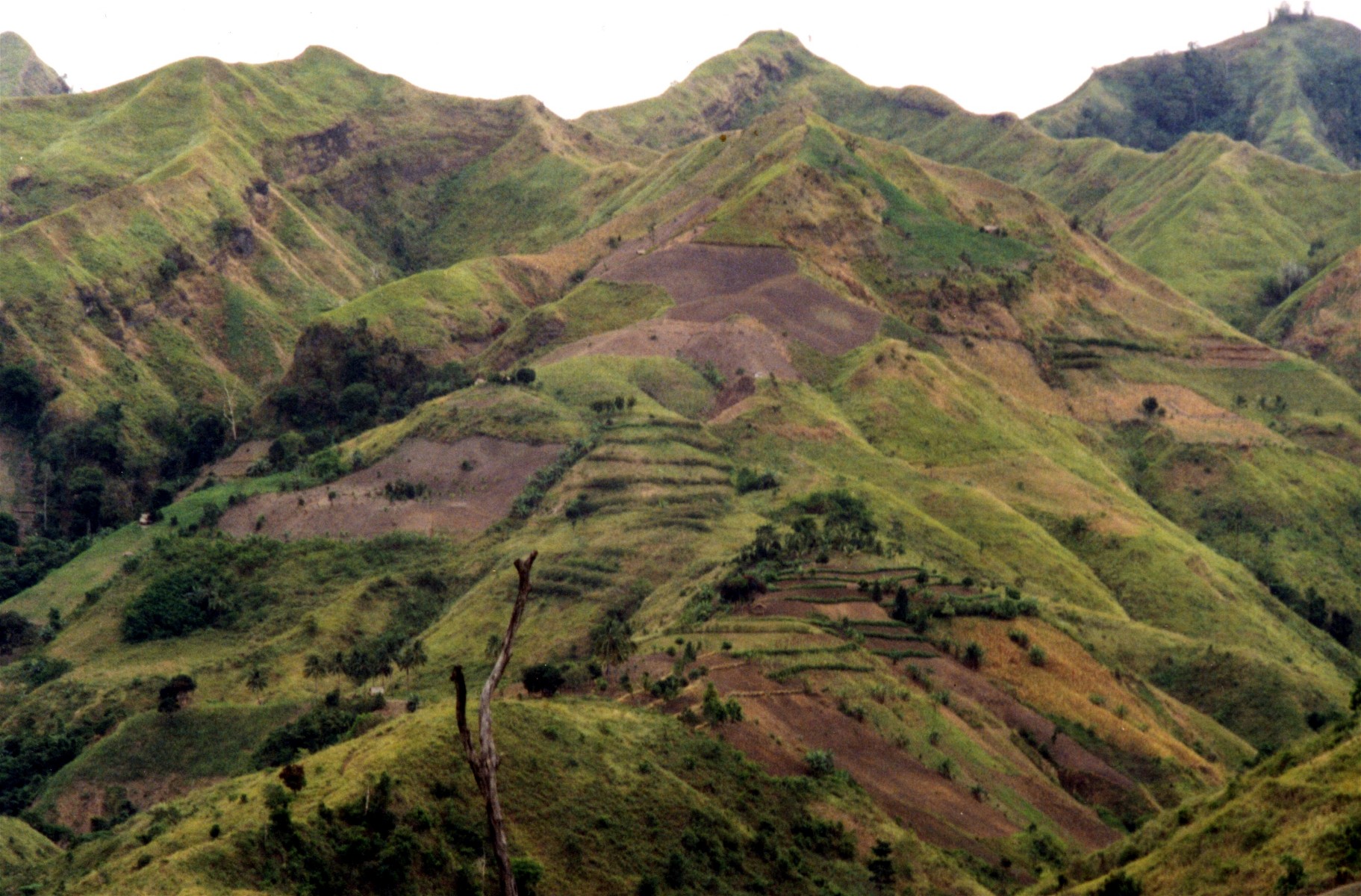Text and Photos by Henrylito D. Tacio
During its recent general assembly, the Philippine Chamber of Agriculture and Food Inc. (PCAFI) forecasted that a food shortage is likely to happen in the country “by the fourth quarter of the year, “which is a holiday season.”
That’s the time of the “ber” months. So, expect a bleak Christmas this year!
“A lot of countries are banning their export to the Philippines in order to protect their own economic and food security, where do we get the food if we do not have the production?” wondered PCAFI president Danilo Fausto.
He lamented the government is not giving agriculture its total support. “Agriculture is given second priority,” he pointed out. “Now that everybody is hungry, what would you do?”
If we have to address the looming food crisis, we should start with the basic: topsoil. “The world grows 95% of its food in the uppermost layer of soil, making topsoil one of the most important components of our food system,” wrote The Guardian’s Susan Cosier.
Soil is the single most important resource on farmland, which is built up over time. It can take up to 1,000 years to produce two to three centimeters of soil.
“Soil is related to the earth much as the rind is related to an orange,” explains an American geologist. “It is the link between the rock core of the earth and the living things on its surface. It is the foothold for the plants we grow. Therein lies the main reason for our interest in soil.”
On average, farmlands are losing 2.5 centimeters of topsoil every 16 years, or 17 times faster than it can be replaced. Unfortunately, it seems no one pays attention to this great loss. The government, for one, is more alarmed when there is not enough rice for the people than the loss of topsoil.
Soil erosion is the most common natural landscape forming process. Over thousands of years, erosion wears down mountains and deposits soil elsewhere to form plains, plateaus, valleys, river flats, and deltas. This type of erosion is known as natural erosion.


Erosion occurring at a rate that exceeds the rate of natural erosion is called accelerated erosion. Accelerated erosion can result from certain human land-use practices. For soil to erode requires a combination of two factors – loose soil and a physical force that can transport the soil to a new location.
“Soil particles are loosened in several ways,” says Jim Chamberlain, a specialist in tropical forestry who has experience in the Philippines and other parts of East Asia. “The impact of raindrops on exposed soil can detach soil particles as can soil freezing and thawing.”
Soil particles may be detached from a stream bank during high water. Detached soil particles are then transported to a new location by some physical force, including water, wind, ice, or gravity. On forested lands, this force is flowing water.
Wind is also an important force for soil transport on agricultural lands, as in the 1930s Dust Bowl in the United States.
“No other soil phenomenon is more destructive worldwide than soil erosion,” wrote Nyle C. Brady in his book, The Nature and Properties of Soils. “It involves losing water and plant nutrients at rates far higher than those occurring through leaching.
“More tragically, however, (soil erosion) can result in the loss of the entire soil,” Brady continued. “Furthermore, the soil that is removed find its way into streams, rivers, and lakes and becomes a pollution problem there.”
The UN Food and Agriculture Organization says the world is now losing an equivalent of five to seven million hectares of farmland through erosion each year. This is equivalent to the land area of the Netherlands and Belgium combined.
“Soil erosion is an enemy to any nation – far worse than any outside enemy coming into a country conquering it because it is an enemy you cannot see vividly,” declares Harold R. Watson, recipient of the 1985 Ramon Magsaysay Award for peace and international understanding. “It’s a slow creeping enemy that soon possesses the land.”
Watson knows. He was the former director of the Mindanao Baptist Rural Life Center (MBRLC), a non-government organization based in Kinuskusan, Bansalan, Davao del Sur. When he came to the Philippines in the 1960s, he was already sounding the alarm of deforestation and soil erosion.
In 1971, Watson opened to the public the MBRLC, a research and demonstration farm. In the beginning, they floundered. “When I got here, I had no idea what the problems were up in the hills,” said the American agriculturist who grew up in Mississippi. “Farming looked pretty good on the surface.”
Soon, Watson discovered that the problem was the surface: It was washing away. Soil erosion, he said, makes farmlands infertile every year. Studies show that loss of a few centimeters of topsoil can reduce the productivity of good soils by 40% and poor soils by 60%.
The soil erosion problem is quite pronounced, with more than half of the country’s land area having a slope exceeding eight percent (hereby defined as the Philippine uplands).
“Stop soil erosion, save our future,” chorused the Department of Agriculture, Department of Environment and Natural Resources, and FAO during the World Soil Day celebration in 2019.
“All our food comes from soil,” reminded Paul Stamets, a mycologist, and author of Mycelium Running. “When we destroy the biology of the soil, we destroy the food networks that give us life.”
If we have to survive in the next century, we have to halt soil erosion now. “A nation without soil is effectively bankrupt,” FAO surmises. “A nation with appropriate land-use patterns and farming techniques, where erosion has been controlled and contained, is poised on the springboard of development.”

